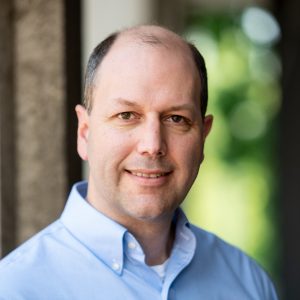Professor and Chair
Planetary Geodynamics
Office: 222 A.W. Smith
Phone: (216) 368-3675
Email: steven.hauck@case.edu

Education:
Ph.D
A.M.
B.A.E.M
Washington University in St. Louis (2001)
Washington University in St. Louis (1998)
University of Minnesota (1996)
Appointments:
Department Chair
Professor
Associate Professor
Assistant Professor
Postdoctoral Associate
Case Western Reserve University
Case Western Reserve University
Case Western Reserve University
Case Western Reserve University
Carnegie Institution of Washington
2019 – Present
2015 – Present
2009 – 2015
2003 – 2009
2001 – 2003
Research Interests:
I study the evolution of interiors and surfaces of planetary bodies, including the Earth. Principally this involves computational studies of the mechanics of lithospheres, heat transport and dynamics of mantles of solid planets and satellites, and the cooling and crystallization of metallic cores. I also analyze data returned from planetary spacecraft missions to address such questions from an observational point of view.
As a Participating Scientist on the MESSENGER Mission to Mercury, I analyzed the data collected to constrain the planet’s internal history, structure, and origin of magnetic field. We have also been investigating potential mechanisms for generating magnetic fields in small planetary bodies such as Ganymede and Mercury as well as their internal evolution, including testing the case for “iron snow” forming near the core-mantle boundary, and understanding the role of the nucleation barrier for crystallization in metallic cores. We are also studying the tectonic histories of planets and moons as recorded in their impact basins and volcanic provinces.
Postdoctoral, Graduate, and Undergraduate Research Opportunities
I am always looking for curious and capable students (undergraduate and graduate) with backgrounds and interests in science, math or engineering to join my research program. Current research topics include studying the structure and evolution of deep planetary interiors and their connection to surface observations. Please contact me to discuss these and other current opportunities.
More Information:
For more information, see my Research and additional links on the top navigation bar.
